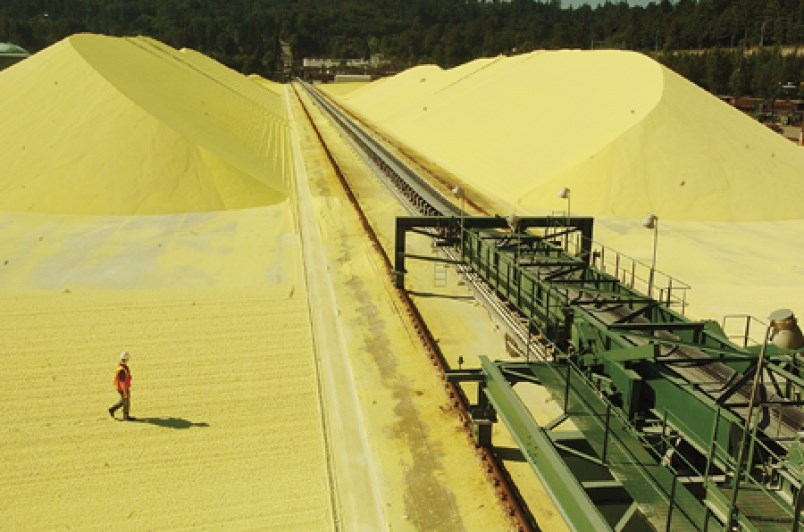The gaseous smell that’s descended upon parts of Port Moody for the past 10 days, and even sparked an investigation by the city’s fire department, is mostly gone.
But pockets of foul air could still tweak noses, says the vice-president and general manager of Pacific Coast Terminals, which confessed to be the source for the putrid pungency in a statement posted to the company’s website last Sunday.
Andre Olivier told The Tri-City News the malodorous mystery, that some residents described on social media as resembling propane or natural gas, was the product of the recent spell of hot, dry weather that promoted the growth of anaerobic bacteria in tanks that store wastewater and rainwater collected by a series of pumps located across the 108-acre facility at the west end of Port Moody Inlet.
Olivier said the water is treated in accordance with Metro Vancouver standards and then reused to wash down equipment or suppress dust. Some is released into the regional sewer system.
“PCT’s water treatment system has been part of our operations for decades,” he said, adding water quality at the facility is regularly tested and the results reported to Metro Vancouver.
Olivier said bacterial growth in wastewater systems is common, especially when the weather gets hot. The resulting smell may be unpleasant, but it’s not dangerous to public health, he said.
“We monitor these tanks closely, and there has been no indication the current issue would be cause for concern.”
Olivier said the company thought it had a handle on the problem when an investigation in conjunction with officials from Metro Vancouver identified elevated odour levels at a wastewater pond.
But when the smells persisted even after it had been treated, the search for a cause expanded. Eventually they were traced to vents at the top of two 5,500 tonne tanks, where the stink never reached the ground before wafting away in air currents.
Those tanks are now being treated by a specialist, Olivier said. But given their size and the amount of organic material that accumulated at their bottoms, it will take some time.
“We are working hard to expedite this process,” he said, adding that could result in bursts of bad air being released again from time to time.
Going forward, Olivier said, the company is reviewing its water treatment systems to make improvements, especially when the weather is hot and dry.



